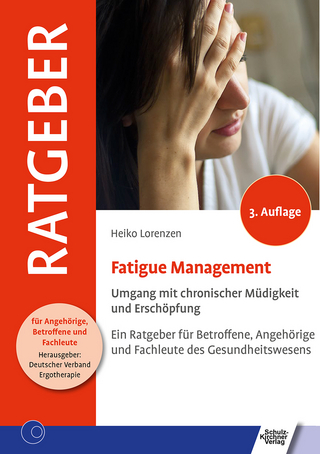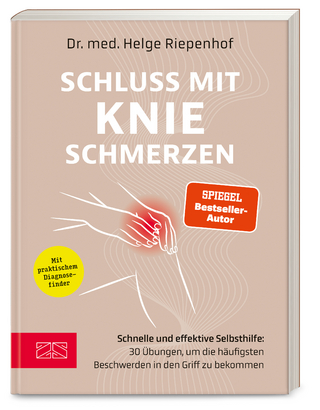
A Patient's Guide to Heart Rhythm Problems
Johns Hopkins University Press (Verlag)
978-0-8018-9775-7 (ISBN)
Heart rhythm problems can be a matter of life or death. In this easy-to-read guide, Dr. Todd Cohen provides comprehensive information to help people with heart rhythm problems (arrhythmias) get an accurate diagnosis and appropriate treatment. Dr. Cohen tells readers what they need to know about palpitations, rapid heart rhythms (tachycardias), slow heart rhythms (bradycardias), cardiac arrest, and other conditions related to irregular heartbeats. With the goal of informing and empowering heart patients, Dr. Cohen describes the heart's basic function, the various conditions associated with arrhythmia, and recommended courses of treatment. He discusses such procedures as tilt table testing, electrophysiology studies, catheter ablation, and device implantation (including cardiac monitors, pacemakers, defibrillators, and biventricular devices); explains the essentials of CPR and the use of Automatic External Defibrillators (AEDs); and presents the latest guidelines from the American College of Cardiology, the American Heart Association, and the Heart Rhythm Society.
A Patient's Guide to Heart Rhythm Problems will help readers understand * how the heart works and what can go wrong* the tests and other diagnostic procedures they may undergo* how their doctor reaches a diagnosis* what their diagnosis means* how their doctor might treat the problem* when medication alone is sufficient treatment* when pacemaker, defibrillator, or biventricular therapy is appropriate* how to get the best possible medical care-in and out of the hospital Endorsed by the Sudden Cardiac Arrest Association, this essential resource features tables highlighting key information, as well as patient narratives that provide personal insight into arrhythmia tests, treatments, and technologies.
Todd J. Cohen, M.D., F.A.C.C., F.H.R.S., is the director of Electrophysiology, director of the Pacemaker-Arrhythmia Center, and director of Advanced EP Technology and Innovations at Winthrop-University Hospital. He is an associate professor of medicine at the State University of New York at Stony Brook, a Fellow of the American College of Cardiology, the author of Practical Electrophysiology, and the inventor of a number of medical devices.
Foreword, by Chris Chiames
Preface
Part One: The Basics
1. Overview
2. Who Is Your Cardiologist?
3. The Pulse: Heartbeat and Rhythm
4. Heart Rhythms
5. The Pump
Part Two: Heart Rhythm Abnormalities
6. Slow Rhythms: Bradycardias
7. Fast Rhythms: Tachycardias
8. Ventricular Tachycardia and Ventricular Fibrillation
9. Supraventricular Tachycardia
10. Atrial Fibrillation
11. Atrial Flutter
Part Three: Sudden Cardiac Arrest
12. Sudden Cardiac Arrest
Part Four: Syncope
13. Syncope
Part Five: The Tests
14. Electrocardiogram (ECG or EKG)
15. Stress Test and Related Procedures
16. Continuous Monitoring Devices
17. Echocardiogram
18. Computerized Axial Tomography (CT) Angiogram and Cardiac Magnetic Resonance Imaging (MRI)
19. Cardiac Catheterization, Coronary Angiogram, Left Ventriculogram, Angioplasty, and Stenting
20. T-Wave Alternans (TWA)
21. Electrophysiology Study (EP Study)
22. Tilt Table Test
Part Six: Procedures and Medications for Treating Heart Problems
23. Catheter Ablation
24. Electrical Cardioversion and Defibrillation
25. Heart Medications
Part Seven: Devices for Treating Heart Problems
26. Pacemakers
27. Implantable Cardioverter Defibrillators (ICDs)
28. Biventricular Devices
29. Implantable Cardiac Monitors
30. Device Implant Procedures
31. Device Replacement and Lead Extraction
32. Recalls
Part Eight: The Diseased Heart
33. Heart Failure
34. Cardiomyopathy
35. Hereditary Conditions
Part Nine: Prevention and Resuscitation
36. Preventing Heart Disease
37. Cardiopulmonary Resuscitation (CPR)
38. Automatic External Defibrillator (AED)
Part Ten: Follow-up and Patient Care
39. Patient Follow-up
40. Support Groups
41. Defensive Patienting 101: A Primer on Patient Safety
Acknowledgments
Appendixes
A. When an Electrophysiology Study Is Appropriate
B. When an Implantable Permanent Pacemaker Is Appropriate
C. When an Implantable Cardioverter Defibrillator Is Appropriate
D. When Biventricular Therapy Is Appropriate
Glossary
Bibliography
Index
| Erscheint lt. Verlag | 10.1.2011 |
|---|---|
| Reihe/Serie | A Johns Hopkins Press Health Book |
| Zusatzinfo | 29 Illustrations, black and white; 6 Illustrations, color |
| Verlagsort | Baltimore, MD |
| Sprache | englisch |
| Maße | 140 x 216 mm |
| Gewicht | 340 g |
| Themenwelt | Sachbuch/Ratgeber ► Gesundheit / Leben / Psychologie |
| ISBN-10 | 0-8018-9775-0 / 0801897750 |
| ISBN-13 | 978-0-8018-9775-7 / 9780801897757 |
| Zustand | Neuware |
| Haben Sie eine Frage zum Produkt? |
aus dem Bereich


